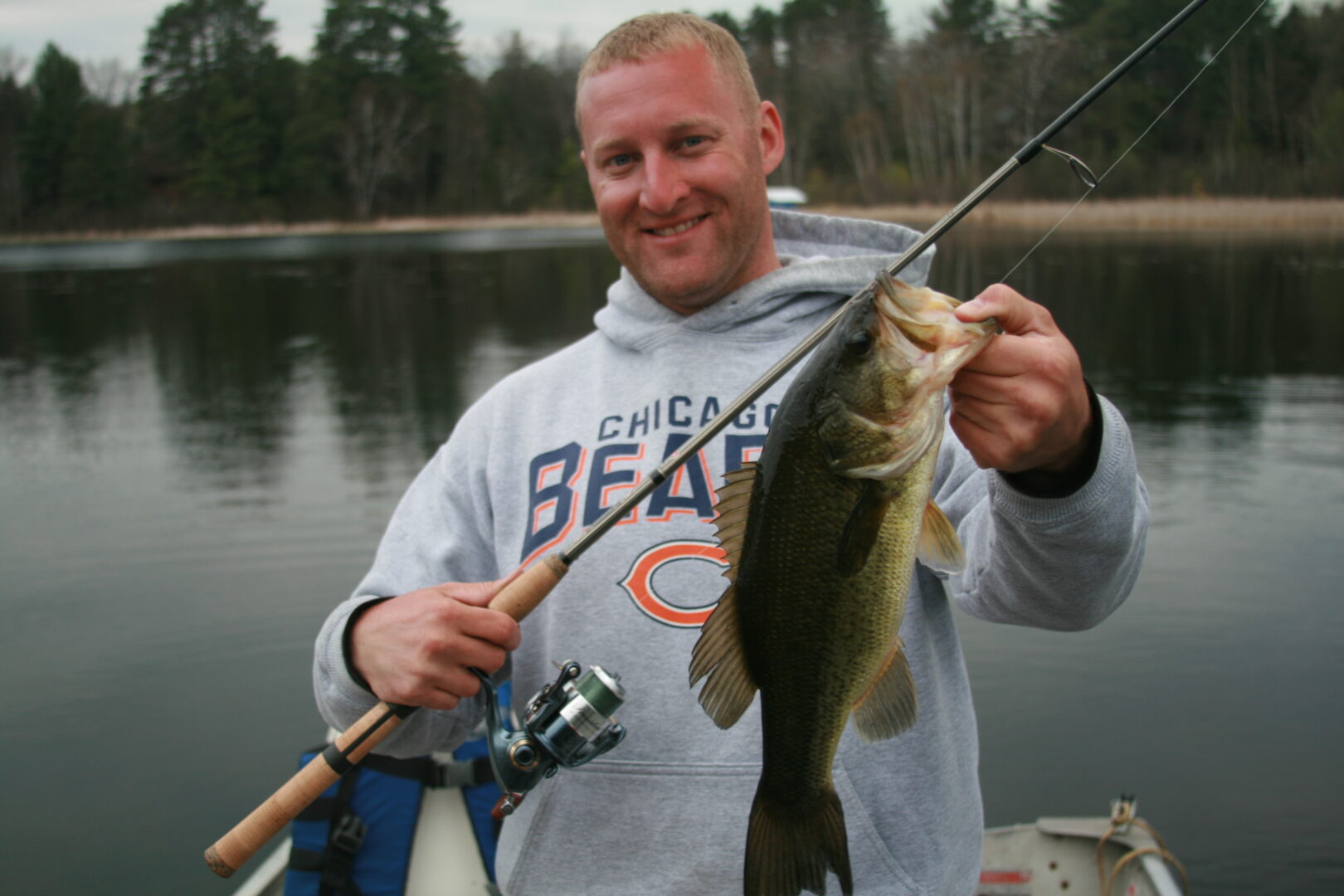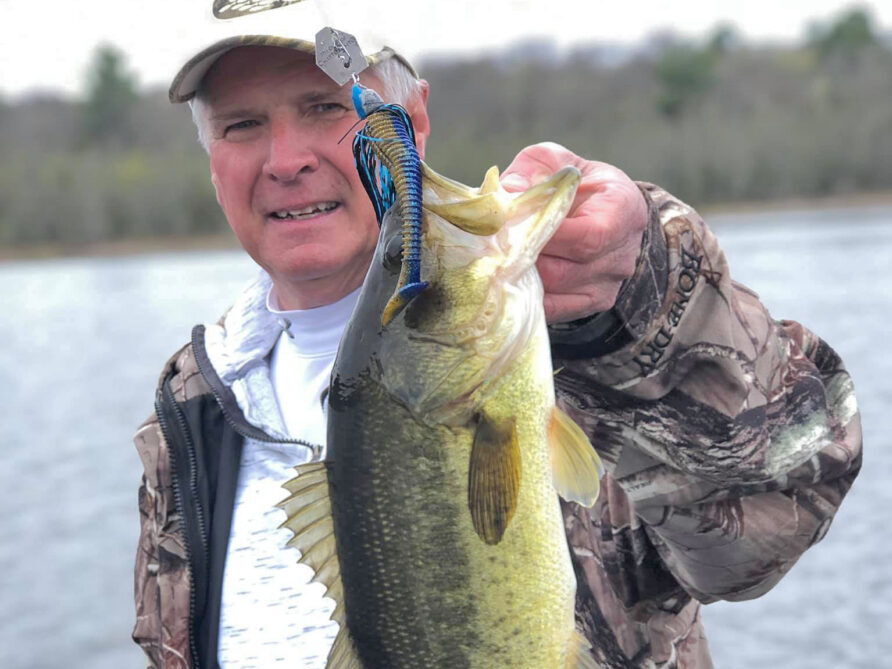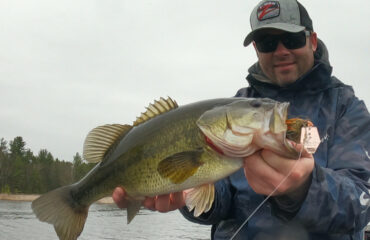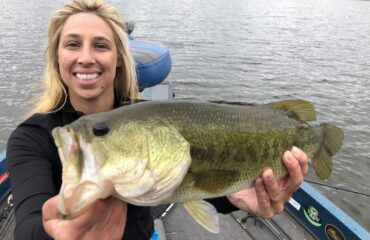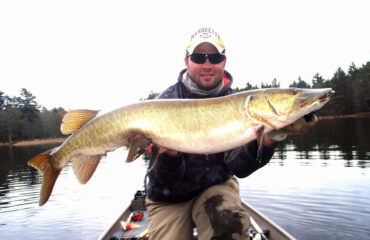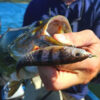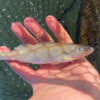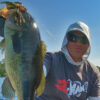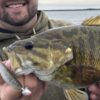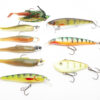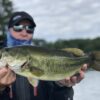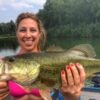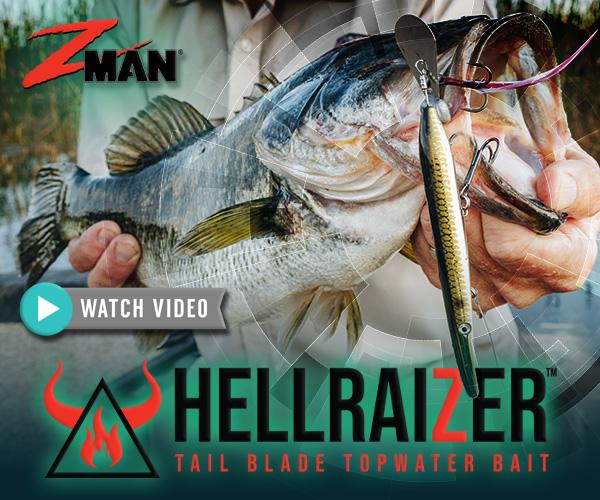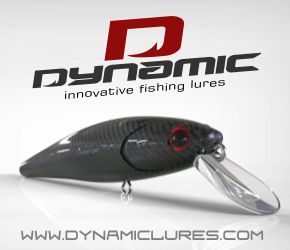Early Season Backwaters and Ditches
From shallow sloughs and oxbows winding off of major river systems, to the slop-choked bays and flood plains of lowland flowages, and the ditches and small creeks inletting into drainage lakes, backwaters offer unreachable populations of big largemouths that are least pursued.
Reaching some of these places can be a hassle for some, but not for me. I’m equipped with 4 boats in various sizes, plus a utility kayak. I’ll do whatever it takes to get back into some of them I’ve discovered.
Whether guiding or leisure fishing, we’re always looking for the best habitat that differs from the rest of the fishery. Across many of the flowages and drainage lake systems of Wisconsin, one of the best explorations and fishing efforts is finding a backwater area that nobody else is fishing.
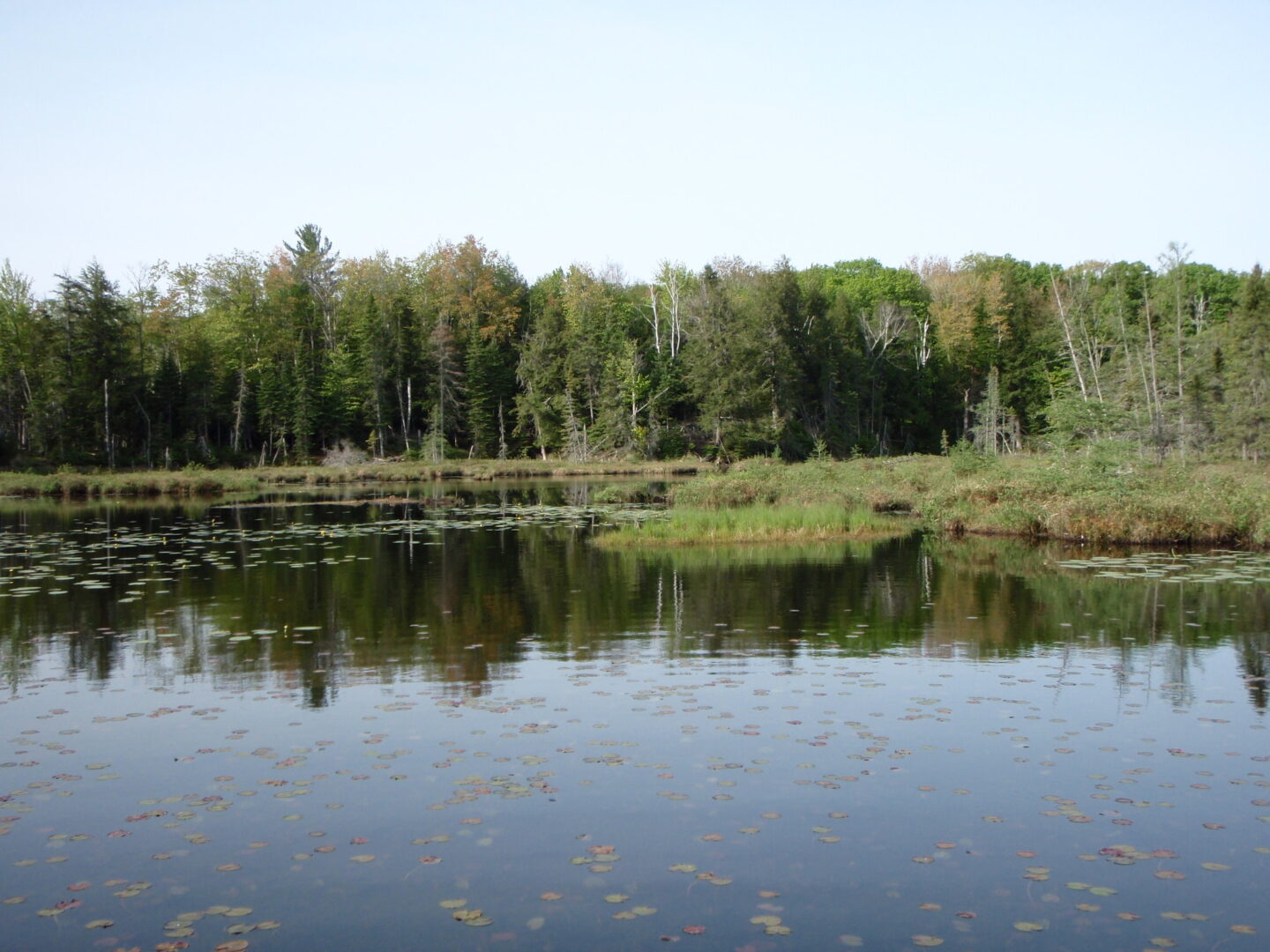
Prioritize these Locations
Spring through summer, backwaters attract and concentrate many largemouths. Their habitats can be thick and rich with diverse emergent and submergent plant species. Another characteristic of them can be the abundance of timber and wood cover, and the element of protection from fishing pressure and the rest of the lake or river system. In high water years, they are home to abundant fish.
The greatest benefit to fishing backwaters is access to unpressured fish. Boat landings don’t get built on swamp land, or in the middle of nowhere. Also, it could take several minutes and hours reaching them by boat from where you launched at. They can be very difficult to access. During drought conditions and low water seasons, they might become unreachable and non-navigable.
The backwaters I seek are far different from the massive drainages and bayous of America’s southern fisheries. Here in the north, they are often associated with creeks and inflows, flowage flood plains, river oxbows, shallow bays located long distances away from the main lake, and any nooks and crannies that spill into marshland and tamarack swamp.
Habitats are very shallow, often 5 ft. or less. Fish will only use them seasonally. The best systems will contain a few ditches and deeper holes formed by old channels. These locations almost always have stained brown water, and a few sources providing current. And there is no shortage of fish cover, plant life, and submerged wood either.
Of all their relevant features, depth defines whether it’s worth fishing or not. A stagnant, lifeless slough full of mud puddles you’ll bottom out on merits less time than a system that has a consistently navigable channel, access for fish passage, and lots of fish-attracting cover and depth variances. Adding to the intrigue, all of these places are unmapped. It’s one of the rare instances nowadays where you will strictly rely on your own eyes and observations to navigate, identify, and locate fish.
Across many flowages and drainage lake systems, backwater areas are often located near their headwater regions. Conditions can closely resemble flood plains and ditches more than a reservoir. When most anglers speak of backwaters for example, they might think of floods and deltas. On northern fisheries backwaters are usually narrow and serpentine shaped, loaded with submerged navigational hazards.
Tamarack Swamps and Bogs
Strategy
From ice-out through late summer, backwaters attract and concentrate big largemouths. On northwoods backwaters, it’s important to remember that these locations are comprised of non-resident fish. Largemouths reach these locations through migration from main lake and main river areas they’ll spend the remainder of their growing seasons and overwinter in. These spots are prone to freeze-outs, and are non-survivable in winter.
Spring success is dependent on timing. As you venture farther into a backwater, you’ll encounter less fish as you would closer to the mouth. Largemouths will be coming and going as they please. By late spring and early summer, those back ends and far reaches will eventually contain the most fish.
Backwaters are no-brainers during the spawning season. In spring, they are at peak productivity, supercharged by the abundance of baitfish and spawning largemouths. While the system’s main lake areas could be delayed by a cold spring, these sheltered areas will behave like aquariums – drawing heat and holding several fish species.
Starting after ice-out, we look at backwaters for pre-spawn fish that could be holding in the deepest water available in the backwater region. I attack these deeper pools with jig and pigs and creature baits.
As water warms, fish will infiltrate throughout the system. This will be a good time to cover water, especially if worked thoroughly and methodically. Backwaters are spot-oriented, and may contain dozens to pick apart.
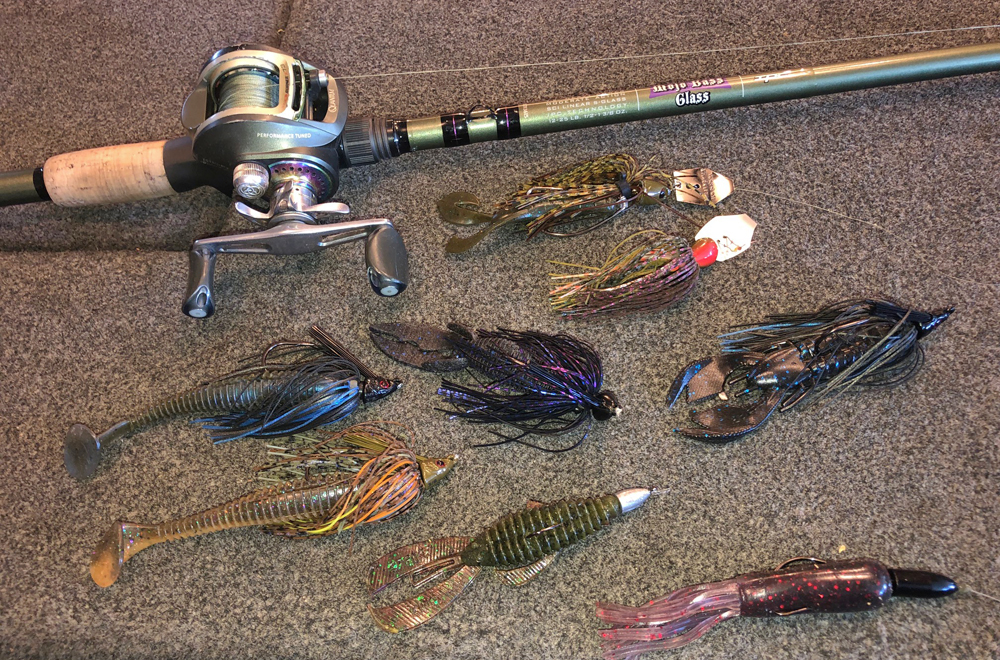
Aggressive and vibration-emitting horizontal presentations under straight retrieves are lure choice guidelines to follow under most settings and scenarios throughout spring.
- 3/8 ounce Double Colorado Spinnerbait
- 1/2 ounce Strike King RedEye Shad
- Squarebill crankbait
- Storm WildEye Shiner
- Paddletail rigged weedless
- 3/8 to 1/2 ounce Z-Man Chatterbaits in assorted colors
- 1/4 to 3/8 ounce Swim Jig in assorted colors
- Jig Trailers (craw and swimming tails) for swim jig and chatterbait
Meanwhile, in more adverse conditions like cold fronts and weather instability, slower and more relaxed works too, in the form of pull baits, downsized jigs, and soft swimming plastics.
Their seclusion and terrain makes them difficult and challenging to access by boat. When successfully reached, fishing can turn into catching. If you’re looking to tap into virgin fisheries for some seasonal largemouth bass fishing opportunities, seek the protected backwaters of your favorite drainage systems to experience some of the best fishing they offer.
